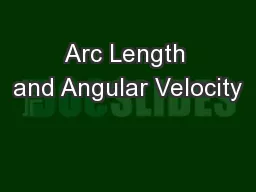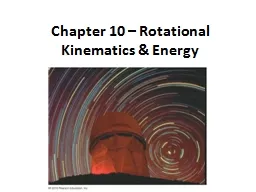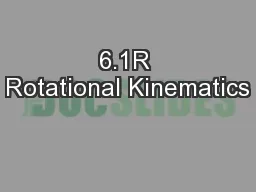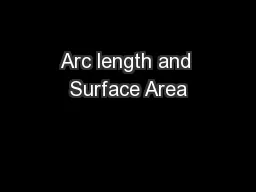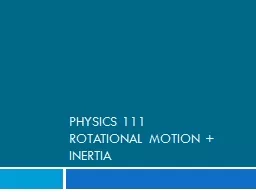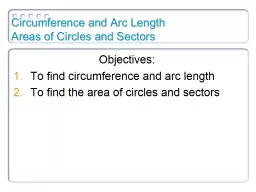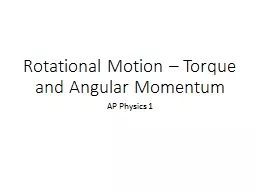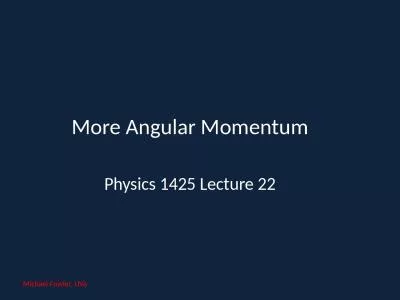PPT-Arc Length and Angular Velocity
Author : calandra-battersby | Published Date : 2018-09-21
Circular Motion and Linear Analogues Recap Yesterday we verified that the circumference of a circle is the distance travelled in one rotation That means We can
Presentation Embed Code
Download Presentation
Download Presentation The PPT/PDF document "Arc Length and Angular Velocity" is the property of its rightful owner. Permission is granted to download and print the materials on this website for personal, non-commercial use only, and to display it on your personal computer provided you do not modify the materials and that you retain all copyright notices contained in the materials. By downloading content from our website, you accept the terms of this agreement.
Arc Length and Angular Velocity: Transcript
Download Rules Of Document
"Arc Length and Angular Velocity"The content belongs to its owner. You may download and print it for personal use, without modification, and keep all copyright notices. By downloading, you agree to these terms.
Related Documents

